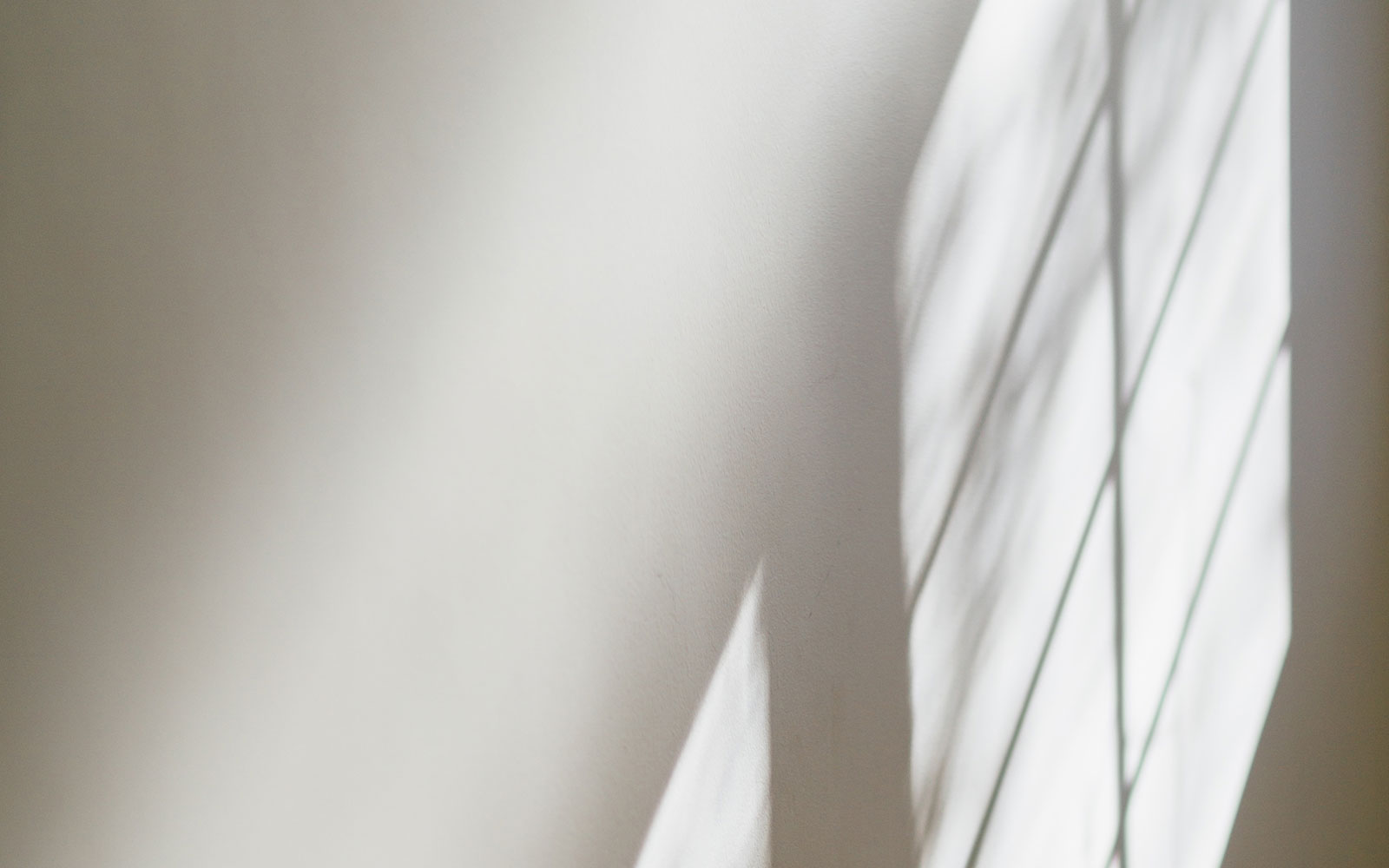GlassTalk – Wonder Wall
Glass provides a dramatic canvas for remodeling a 1920s bungalow in bayside Melbourne.
BG Architecture (St Kilda) and Adcon Constructions created a tranquil suburban oasis, with the visual effect of lush grasslands in a glazed feature wall, stretching for an uninterrupted fifteen metres and standing over three metres high. Viridian and DigiGlass combined to provide the glazing technology necessary to achieve the architect and client’s remarkable vision.

Project Details
Digital photography has radically altered the landscape for architects and their clients. In the process it has opened up other possibilities for glass to perform as a luminous canvas. Evidence of the digital revolution that intersects with glass technology can be vividly experienced in the Savannah House in Brighton. The digitally imaged glass wall accentuates the depth of the property with a seamless transition inside to out.
Project architect Adam Grundmann of bg architecture initially approached Viridian to explore the possibilities of a glass wall of the type he envisaged.
“We were very nervous because of the amount of money involved. In the first instance Viridian recommended DigiGlass and I must say we were extremely happy with the level of support and technical expertise. They provided numerous samples of varying sizes along the way to reassure us that the plan would work.”
The project is a complete overhaul of a 1920s home. The rear extension (completed in the 1980s) was demolished to make way for a new single level kitchen, dining and family room with an adjoining kitchen, dining and family room with pantry, laundry and sauna to one side.The new living zone is offset from the existing double storey home to create a landscaped light well and level transition to the northern aspect. The main living area and kitchen now benefit from cross ventilation and solar gain with views to the lap pool and entertainment zone.

Glass Elements
Interior glazed elements are screen printed digital imagery to the back of 6mm star fire clear glass on a black melamine substrate. The external system sees the image printed onto a 0.76mm film (DigiGlass) and laminated with a layer of white film between the two sheets of 5mm clear toughened glass onto a fibre cement substrate. The major challenge to assemble such a detailed imaged over such a large area required careful calibration and set out of each panel. Rigorous coordination was required between builder, cabinet-maker, glazier and digital printing company to ensure the facilitation of these panels. Grundmann explains how test prints were created and challenged on the particular glass as well as spacing to allow for fixed, moveable and lockable panels.
“The set-out was critical to ensure that any penetrations through the glass for access to hardware installation was accurate and any moveable panels could move freely without conflict with adjacent panels.”
Each glazed panel was individually-sized to suit the function of the particular panel, whether laundry access door or a joinery element. Resistance to image fading was a critical consideration and the decision to proceed with the project came with a 20 year colour fidelity guarantee.
